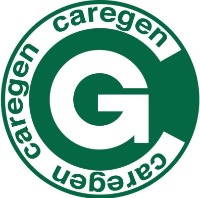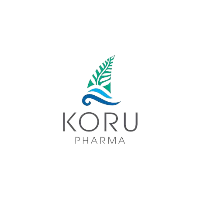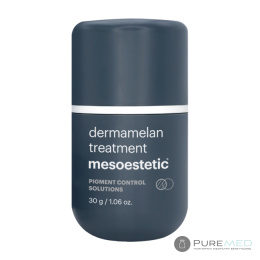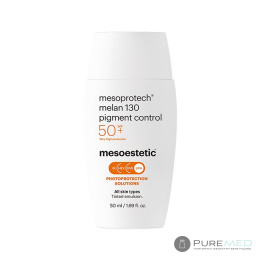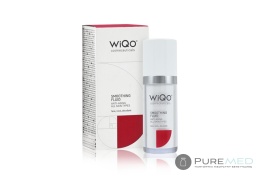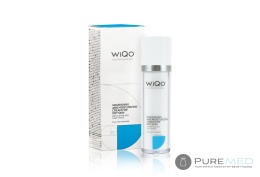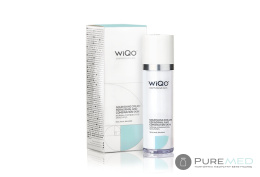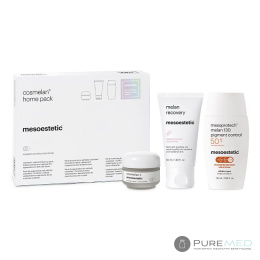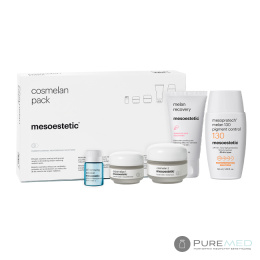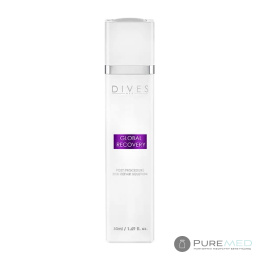- Categories
-
Mesoestetic Cosmelan 2 discoloration cream 30g


Cosmelan 2 is a cream for home use that complements the professional cosmelan® treatment.
| Reviews | |
| Shipping within | Right away |
| Shipping price | The Lack Of |
| Mesoestetic | |
| The bar code | |
| EAN | 8436024756418 |
Telephone order: 697197052
Cosmelan 2 is the strongest cream that, when used at home, acts as a depigmenting treatment, keeping skin spots under control. Its key action is to soothe and eliminate visible pigmentation imperfections in the skin of melanic origin (molasses), which are located on the face, neck, cleavage and hands. The cream perfectly illuminates and evens out the skin colors, automatically beautifying it.
When using Cosmelan 2 cream, remember to use a cream with a filter - regardless of the season!
Indications:
discoloration, stains, freckles, melasma,
enlarged pores, acne, acne spots, inflammation, scars, seborrhea,
all skin types,
recommended in the treatment of oily and combination skin and prevents hyperpigmentation,
restores the balance to oily and combination skin.
Contraindications:
herpes,
pregnancy and lactation,
taking medications with vitamin A,
active skin changes.
Usage:
Up to three times a day, morning, noon and evening.
Depigmentation therapy:
PHASE I: the first month - removal of epidermal discoloration:
Morning: Cosmelan 2- moisturizing cream - SPF50
South: Cosmelan 2 - moisturizing cream - SPF50
Evening: Cosmelan 2 - moisturizing cream
When you feel discomfort with the use of Cosmelan 2 cream - apply the cream twice a day, i.e .:
Morning: Cosmelan 2- moisturizing cream - SPF50
Noon: Moisturizing Cream - SPF50
Evening: Cosmelan 2 - moisturizing cream
PHASE II: the second month - eliminating discolorations that are deeper
Morning: Cosmelan 2- moisturizing cream - SPF50
South: SPF50
Evening: Cosmelan 2 - moisturizing cream
PHASE III: the third month - prevention of discoloration, reduction of melanin secretion
Morning: SPF50
South: SPF50
Evening: Cosmelan 2 - moisturizing cream
Volume:
Pack of 30g.
Composition:
Active ingredients: azaleic acid, kojic acid, aloe juice, titanium dioxide, niacins, alpha arbutin, vitamin E, retinyl palmitate, vitamin C, bisabolol, salicylic acid, Canadian sorrel extract, licorice extract, allantoin, phytic acid.
INCI composition: Aqua, Caprylic / Capric Triglyceride, Azelaic Ac., Aloe barbadensis Leaf Juice, Sodium Ascorbyl Phosphate, TitaniumDioxide, Glycerin, Kojic Ac., Poloxamer 407, Glyceryl Stearate, Ethoxydiglycol, Hydroxypropyl Starch Phosphate, A
lpha-Arbutin, Butylene Glycol Dicaprylate / Dicaprate, Cyclomethicone, Ethylhexyl Methoxycinnamate, Niacinamide, Di-C12-13 Alkyl Malate, Ceteareth-25, PEG-8 Beeswax, Stearic Ac., Tocopheryl Acetate, Retinyl Palmitate, Dimitate
ethicone, Alcohol, Behenyl Alcohol, Disodium Ethylene Dicocamide, PEG-15 Disulfate, Citric Ac., Ascorbic Ac., Bisabolol, Salicylic Ac., Sclerotium Gum, Sorbitan Stearate, Stearyl Dimethicone, Sodium Lauroyl Lactylate, Aminoeth
ylphosphinic Ac., Rumex occidentalis Extract, Acacia senegal Gum, Glyceryl Stearate Citrate, Glycyrrhiza glabra Root Extract, Allantoin, Sodium Metabisulfite, Butylene Glycol, Phytic Ac., Xanthan Gum, Phenoxyethanol, Manganese Oxide, Tocopherol.
CAUTION:
The color and consistency of the cream may vary depending on the production series - from mustard to dark brown. Such a phenomenon is completely natural and does not indicate a product defect. The cream may also change color during use - this is normal.
In the initial stages of applying the cream, the skin may be severely irritated, sensitive, tender and red, and swelling may appear. This is a natural action and is not a reason to stop using the cream, you can reduce the frequency of use.
Discoloration and pigmentation disorders are an increasingly serious and unfortunately growing problem all over the world. Discoloration affects over 90% of adults over 50 years of age. and become a significant problem regardless of the color of the skin. Due to their aesthetics, they often have a negative impact on the psycho-emotional level and quality of human life. Discoloration is the result of disturbances in the production of melanin, which is responsible for the color of the skin. When melanin is produced in excess, dark spots appear on the skin.
![[{[item.product.name]}]]([{[item.product.photo.url]}] 125w)








